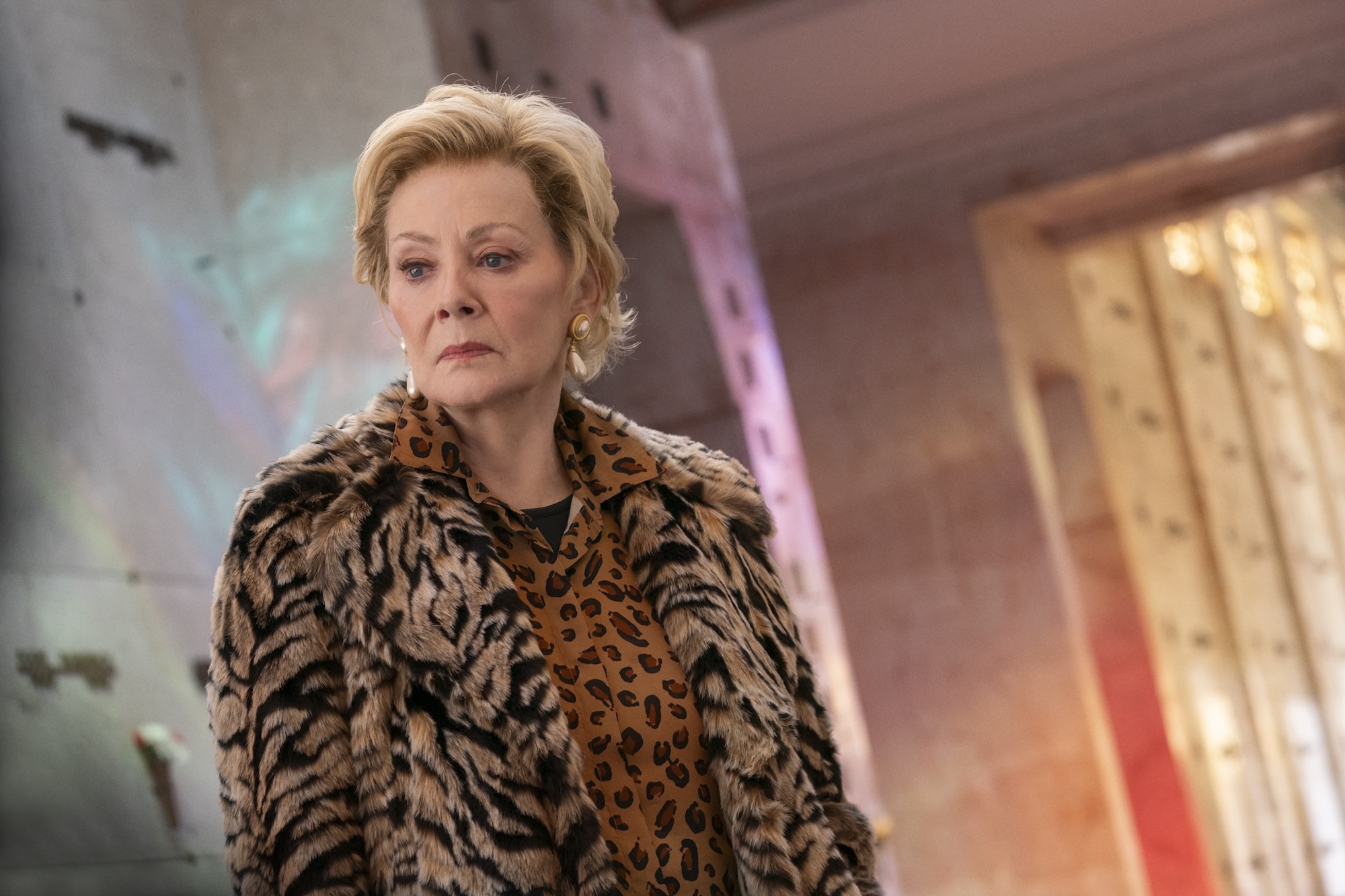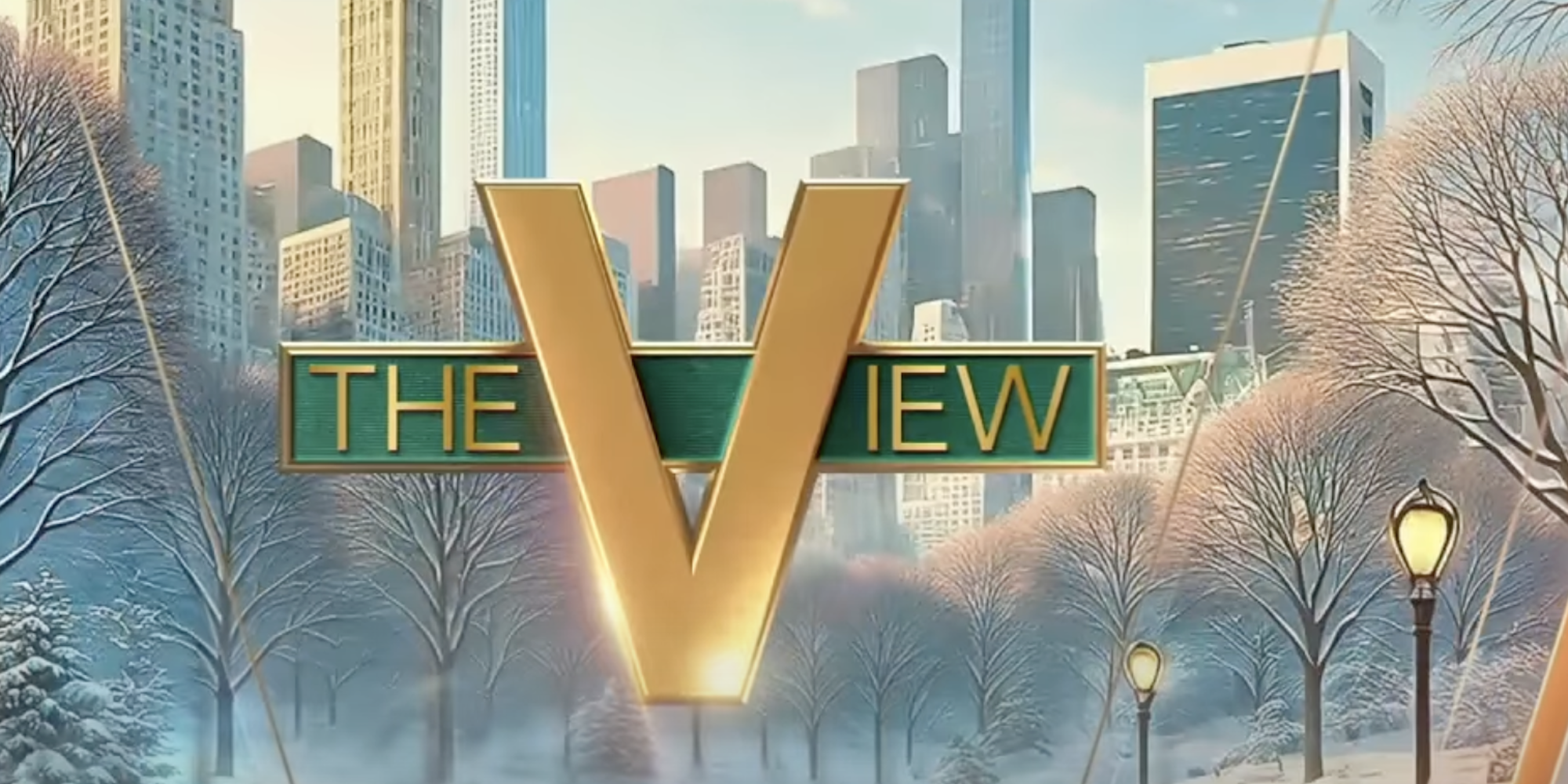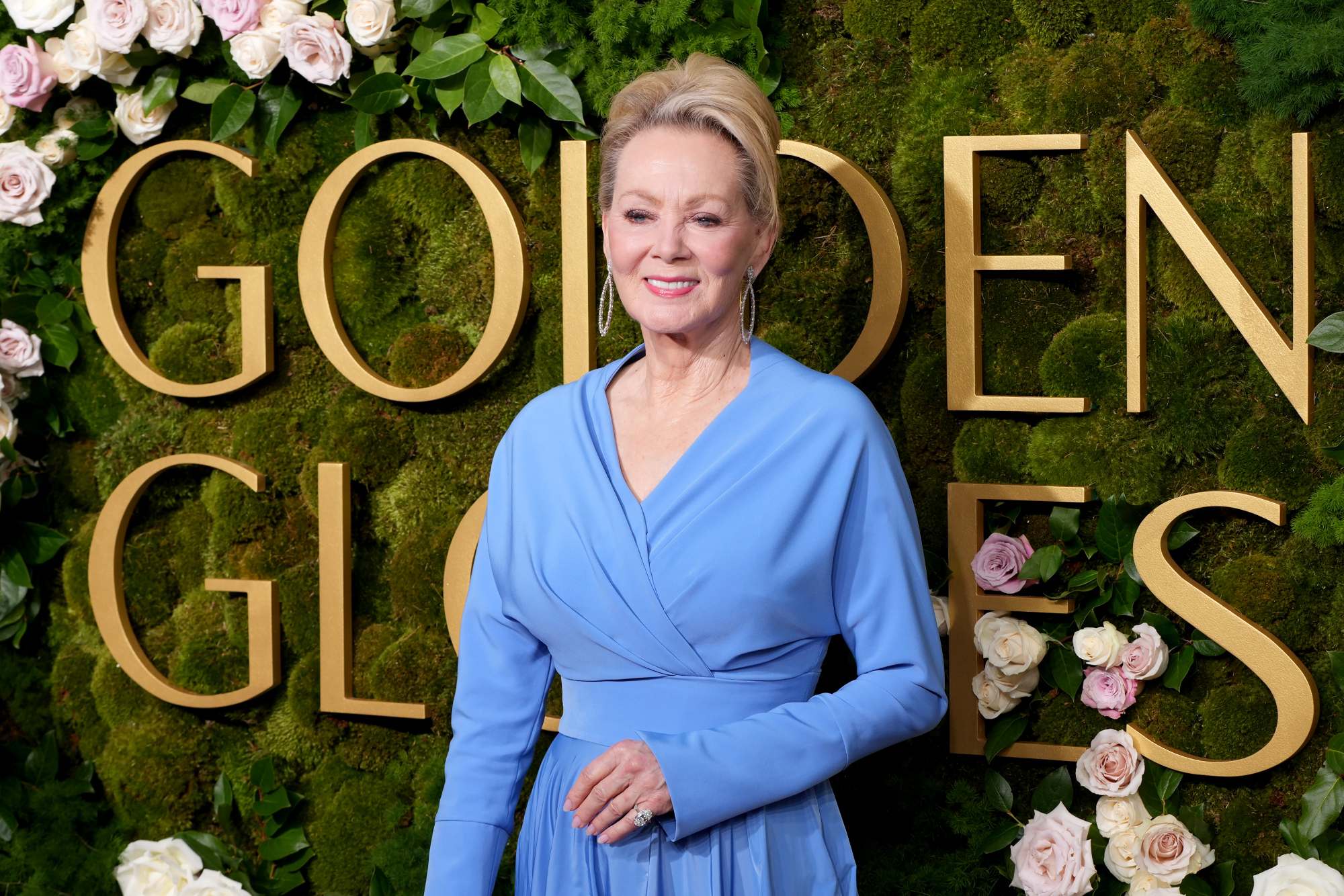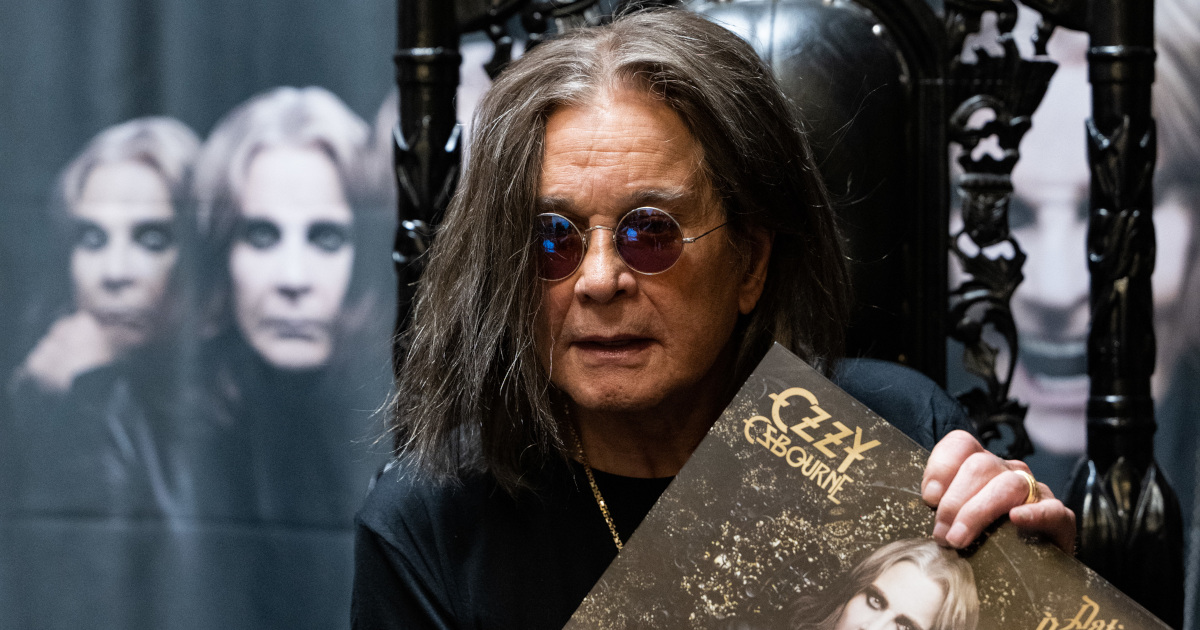‘The Boy and the Heron’ is Hayao Miyazaki’s Most Personal Film, and One of His Most Collaborative
When Hayao Miyazaki begins the long, rigorous process of creating his masterful films, he often doesn’t know how they will end.
The legendary Japanese filmmaker has always taken a unique approach to crafting his stories. He doesn’t begin with a script, but rather with storyboards, drawing up his worlds and creating a narrative within them as he goes along. The characters, and where their journeys take them, evolve naturally through his imagination. When Miyazaki describes his animation process, as he does at length in the 2013 documentary The Kingdom of Dreams and Madness, he makes his films sound almost like living, breathing entities. Sometimes even he doesn’t fully comprehend what they’re about.
“This may sound ridiculous, but I’ve had staff tell me they have no idea what’s going on in my films,” Miyazaki says in the documentary. “When we were making Spirited Away, even I didn’t know. The way I see it, we may never understand them. What does one know about this world?”
Even though supervising animator Takeshi Honda didn’t know how the whole story of The Boy and the Heron would unfold when he started working on Miyazaki’s latest film, he knew from the very beginning of production that this would be a uniquely personal film for Miyazaki. “It’s not like Mr. Miyazaki completely storyboards the entire film,” Honda tells The Ringer, via an interpreter. “It’s like we work, and then he draws, and then it goes in tandem. But when he showed me the first part of the storyboard and it was more than 200 cuts, I instantly could tell that it was a very personal story to him and it was very autobiographical.
“It was funny because you can tell instantly that the character of Shoichi is his own father,” Honda continues. “And he would only show us actual photographs of his father after we had done a little bit of work. So I was like, ‘You could have shown this to us earlier!’ But it was very revelatory to discover what kind of person his father was by showing us that storyboard.”
The Boy and the Heron, Miyazaki’s 12th feature film and the first to open at no. 1 at the North American box office, is the 82-year-old director’s most personal work. Miyazaki often puts little pieces of himself into his stories and characters. In My Neighbor Totoro, Mei and Satsuki’s mother, Yasuko, is at a hospital recovering from tuberculosis, an illness that Miyazaki’s mother had when he was a child. The Wind Rises is a fictionalized biopic of Jiro Horikoshi, who designed Japanese fighter planes during World War II, but Miyazaki also blends elements of his father into the character.
And yet The Boy and the Heron goes further into Miyazaki’s life than any of his films before it. In a recent interview with Deadline, producer and Studio Ghibli cofounder Toshio Suzuki explained how Miyazaki wanted to make a movie that positioned his younger self at the center of the story. “[Miyazaki]’s never done a film where he himself is the protagonist, so he felt that he needed to do that while he’s alive,” Suzuki said. “His past works had a female protagonist, but this time he wanted to tell his own story, so the protagonist was going to be a boy.”
Like Miyazaki, Mahito is shaped by the Pacific War. The 12-year-old’s experience and worldview are forever altered after his mother, Hisako, is killed in a hospital fire during an air raid in Tokyo that opens the film. While Mahito shares the same qualities of fearlessness and empathy that many of Miyazaki’s other young protagonists exhibit, there’s also a certain darkness that looms within him as he grows up and tries to navigate a confusing world—a reflection of Miyazaki’s childhood, according to Suzuki.
As Honda noted, Mahito’s father, Shoichi, is based on Miyazaki’s father, who was the wartime director of the Miyazaki Airplane factory, which crafted parts for military planes. Just as Miyazaki’s father profited off of the war, allowing his family to remain wealthy during a time of widespread poverty, Shoichi’s factory affords him the means to provide Mahito and his new wife, Natsuko, with a luxurious lifestyle for the time period. Shoichi shows no signs of guilt or any sense of nationalistic loyalty.
“If we were going to war anyway, he was going to make money off of it,” Miyazaki says of his father in Starting Point: 1979-1996, a collection of the filmmaker’s essays and interviews in the early years of his career. “He had absolutely no interest in just causes or the fate of the state. For him the only concern was how his family would survive.”
In order to bring such a personal story to life, Miyazaki and Studio Ghibli assembled an elite animation team that featured veteran artists whom Miyazaki had previously collaborated with. Chief among them was Honda, who contributed to Ponyo and The Wind Rises as a key animator. This time, he was selected to lead The Boy and the Heron’s animation team.
Honda is a master of character movement and body language, known for his remarkable ability to capture a character’s emotions and personality as they move across the screen. He’s worked on films such as Satoshi Kon’s Perfect Blue and Millennium Actress, the Ghost in the Shell franchise, and the classic anime series Neon Genesis Evangelion. As is always the case in the anime industry, his work on The Boy and the Heron was a balance between his own style and artistic strengths and the wider scope of the director’s vision.
“With each project, the character design is pretty much in place, and I know what kind of visual aesthetic each director has by going through [their] previous films,” Honda says. “So I’m always very deliberate in trying to cater to that visual style of each director as much as possible. But sometimes people will notice when I involve myself in a project that there are certain elements of my own style—this is something that I really can’t help.”
Honda was given more freedom from Miyazaki as The Boy and the Heron’s production progressed. “For the first part of the film, there was a lot of feedback and a lot of tweaking that Miyazaki-san did after I produced and delivered to him whatever I had done, so it’s much more to his taste,” Honda explains. “Whereas from the middle part onward, a lot more was left to my own devices. He would let me do whatever I wanted to do a lot more. So in that respect, you can see me kind of unconsciously reverting to my own style. You see a lot more of me in the latter half of the film.”
Eagle-eyed anime experts would be able to pinpoint the ways every key animator left their imprint on the stunning visuals in The Boy and the Heron, such as Shinya Ohira’s (Akira, Spirited Away) phenomenal work in the haunting, dreamlike opening sequence that sees Mahito running through a Tokyo engulfed in flames. But even in scenes that Miyazaki may not have animated himself, his knowledge of history, combined with his memories, attention to detail, and resolve, shines through to add a layer of realism and texture to the world that feels both unique and consistent with the films he has been creating for decades.
Of course, the specificity of The Boy and the Heron’s setting during Miyazaki’s youth added another challenge to the already demanding project for the director’s younger collaborators. “We are dealing with an era from before I was born. We’re talking about Miyazaki-san’s own childhood, so it goes far back,” Honda says. “So there are certain details which I was very not sure about. For example, the bicycle [taxi] that Mahito and Natsuko are riding in, we call it a rintaku in Japanese. I was really lost as to how to draw the details with that piece of machinery. Or I wasn’t sure if pants had zippers back then, for example. And so I had to consult with Miyazaki-san about these details, but he was like, ‘My generation has died off anyway, so you don’t have to be truthful. It’s OK.’”
No matter how familiar you are with Miyazaki’s biography and filmography, The Boy and the Heron is a particularly complicated and at times mystifying story, which hearkens back to Miyazaki’s comment about how “we may never understand” his films. Though the first half is largely grounded in an analogue of Miyazaki’s childhood, the latter half finds Mahito displaced in a fantastical world where the lines between life and death are blurred and time seems to stand still. The emergence of this realm’s ruler, Mahito’s great-uncle, draws even more potential connections to the present-day Miyazaki and the state of Studio Ghibli as the creator searches for a successor to his kingdom and reflects on what will become of it after he’s gone.
(According to Suzuki in an interview with IndieWire, the great-uncle is meant to stand in not for Miyazaki, but rather for the late Studio Ghibli cofounder Isao Takahata, who “discovered [Miyazaki’s] talent” and “helped him develop his ability,” adding yet another layer of complexity to parse.)
It may take time to uncover all the depths of The Boy and the Heron, which Miyazaki has acknowledged might be his final film (even if he’s not ready to hang it up yet, and likely never will be). No matter what’s in store for Miyazaki and Studio Ghibli, The Boy and the Heron is a testament to the filmmaker’s ability to innovate and evolve several decades into his career. A big part of that this time around was the trust he placed in his animation team to take on a greater share of the workload than he might have allowed in his younger days. As Honda explains, Miyazaki treats every film as if it could be his last and never takes the prospect of a new project for granted.
“Regardless of which picture I was working on with him, it’s always been the same because he always goes in with the attitude of, ‘This might be my final film,’” Honda says. “Not that I can personally attest to this, but I think he tries to do something that he’s always wanted to do but was not able to up until that point. … With [The Boy and the Heron], it seems like he has truly done what he’s wanted to do, without any orders or requests from external entities.”







